In my backyard sits a fairly large in-ground swimming pool encased in concrete and tile - the home of 10,000 fish. I haven’t counted them all but there’s a lot. The little dark ones at least. The goldfish are fewer in number but much larger. In aggregate they form a biological community that swims around all day and eats algae off the walls of the pool as well as the fish pellets I throw in there.
The reason I have fish swimming in my swimming pool is because I put them there. Ha! I put them in there because I thought it would be fun to have fish swimming around in my swimming pool, and it is, ever since I stopped pouring poisonous substances into the water to keep it ‘clean’.
I stopped pouring poisonous substances into my pool because I realized that A) I don’t hate algae, and B) I’ll never win the war, the algae will always return. Infact, as it turns out, algae are one of the friendliest organisms ever to appear on our friendly planet.
Back in the day when the earth was young and there was very little oxygen in the atmosphere, the only life forms to be found anywhere were tiny little microbes, mostly anaerobic (meaning they lived in the absence of oxygen). Well that was all fine and good for the little people, which is what I call the microbes, but it didn’t really allow for large scale metabolism and the development of higher level organisms.
That’s when nature came up with one of the most ingenious inventions ever: photosynthesis. Since there wasn’t really a food chain 3 1/2 billion years ago, just a bunch of chemicals floating around in the ocean or wafting thru a toxic atmosphere composed of ammonia, methane and hydrogen sulfide (yuck), nature came up with a critter that could eat sunlight. There was plenty of that.
In the photosynthetic process, carbohydrates are synthesized from carbon dioxide and water (carbo = carbon, hydrates = hydrogen). Using energy from the sun, hydrogen from the water is combined with carbon from the atmosphere and oxygen is released as a useless by-product.
Later, algae flourished in those ancient oceans with their photosynthetic metabolism and the world slowly began to fill with oxygen. It took millions of years but algae literally changed the composition of the atmosphere. The anaerobes died off and aerobic organisms with their more efficient oxygen burning metabolism began to take over
So anyways that’s the story of how my swimming pool filled up with photosynthetic algae (they’re everywhere) and why I stopped poisoning them.
I realized, of course, that there had to be some kind of filtration method or the water would become stagnant and full of fish poo. That’s where the bog filter comes in. Harbored in the gravel matrix of the bog filter are zillions of microbes who turn the waste product of the fish (ammonia) into nitrites. Those microbes are named Nitrosomonas and Nitrosococcus. I’m sure you’ve heard of them.
Actually it’s a two step process. After Nitrosomonas and Nitrosococcus digest the ammonia, Nitrobacter, another genus of bacteria, metabolizes the nitrites into nitrates which is plant food. Nitrites to nitrates, get it? The plants in the bog filter get the nitrogen they need in a form they can use and grow prolifically. Whether it’s watercress, as you see in the picture above or elephant ear or papyrus or cattails or whatever water plants happen to be there, they will thrive on the nitrates produced by the little people.
All this I have learned and even more have I visualized: the microbes and their busy little communities interacting within the gravel bed, each microbe clinging to a niche or swimming around among the debris with its flagellum, grabbing nutrients from the water, communicating and calibrating with other microorganisms using their signaling molecules. I visualize an industrious and vast population of little people working day and night, in concert, seamlessly, their little chemical factories humming away, turning ammonia into nitrates. They don’t mind working hard, they’re the little people.
Nitrogen is an essential nutrient for life and although it makes up 80% of the atmosphere, it’s inert, whatever we breathe in we breathe out. Until it gets ‘fixed’ by the little people it’s not really useful to anybody, plants or animals. It could be microbes in the root nodules of plants like beans or living in a bog filter or it could be from a lightning strike. Here’s a picture of the nitrogen cycle.
It could be in the estuaries, the embayments, the wetlands and bogs of the landscape around us (hence the name ‘bog filter’). In this way nature recycles the nitrogen and cleans the water at the same time. The San Antonio river along Mission Reach has embayments constructed to filter runoff before it enters the river channel. They were built into the landscape when they ‘renovated’ the river for the Riverwalk extension. You can visit one here.
Humans are dependent on microbes for life, both inside our body and out. So is every other living thing on this planet. I think it’s amazing. They started up the whole life thing 3 or 4 billion years ago and are still here supporting the biosphere from the bottom up.
Oh yeah, one more thing, if we screw this up too much (our biosphere) it will result in a large scale extinction event as I have written about before. In fact we are in the midst of a large scale extinction event right now. The only question is: how large is the scale. It’s caused by us, humans, not natural forces like in the past. Well of course I guess one could argue that we are natural forces too, we just hurry up things. Maybe we’re a catalyst, like viruses, that cause changes to happen more rapidly. At any rate if we manage to destroy the biosphere and give the pink slip to the megafauna and the minifauna and the trees and the grasses, the little people will be standing by to start it up again.
They’re found inside clouds and at the bottom of the ocean. https://www.jic.ac.uk/blog/what-are-microbes-and-where-are-they-found/. They’re able to survive inside deep sea hydrothermal vents under tremendous pressure and extremely high temperatures. They’re inside rocks. They’re tough. They’re resilient and they don’t need a food chain, a grocery store or even air conditioning.
I love hanging out in my backyard watching the water spill out into the pool knowing that I’m supporting a colony of little people in the bog filter. Knowing that even if us humans nuke ourselves and burn down the house (our planet), they’ll be there still, working on something. That feels good to me.
music :: Cafe De Anatolia x Rist Records - RISTOLOGY from 5:45





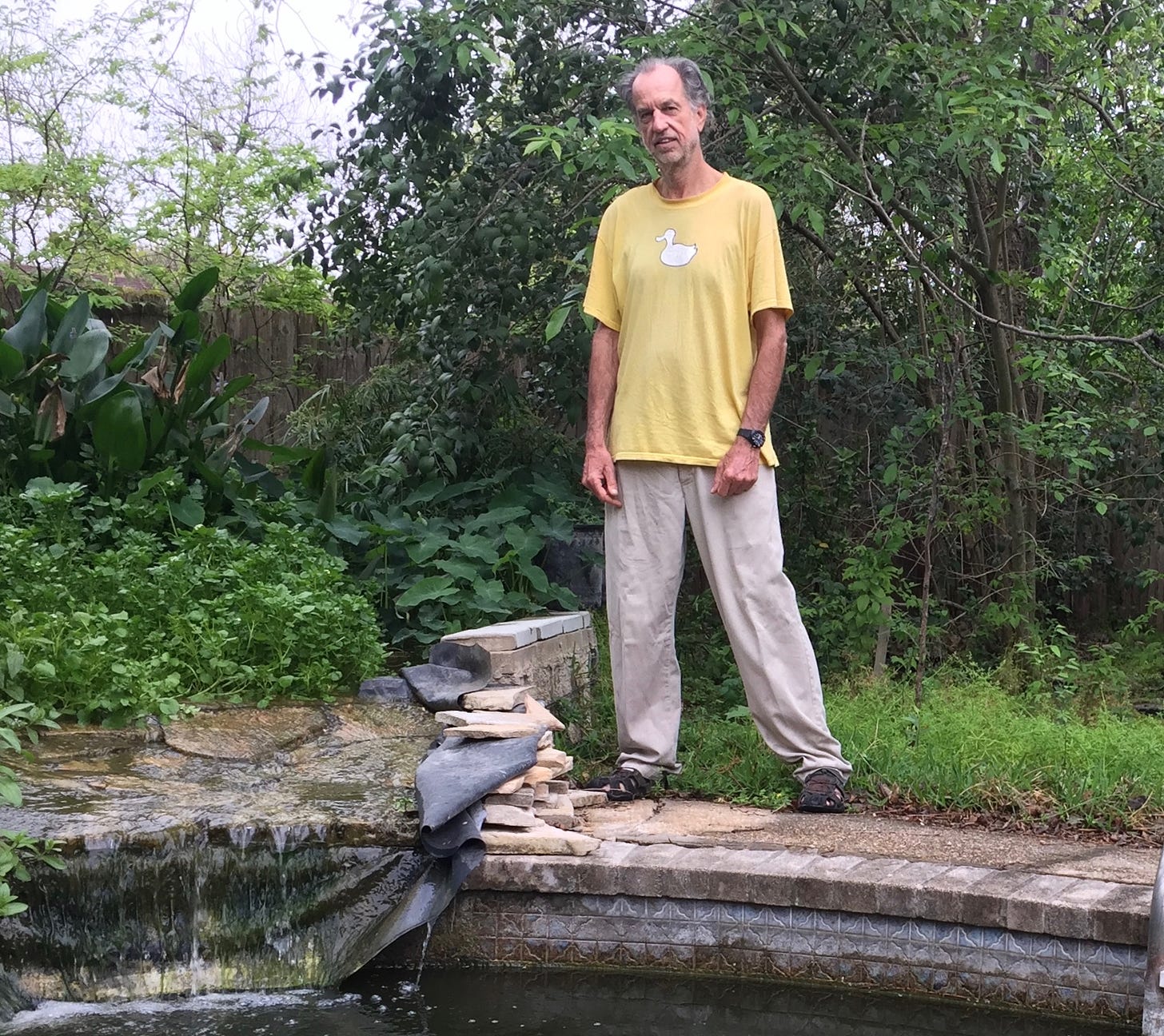
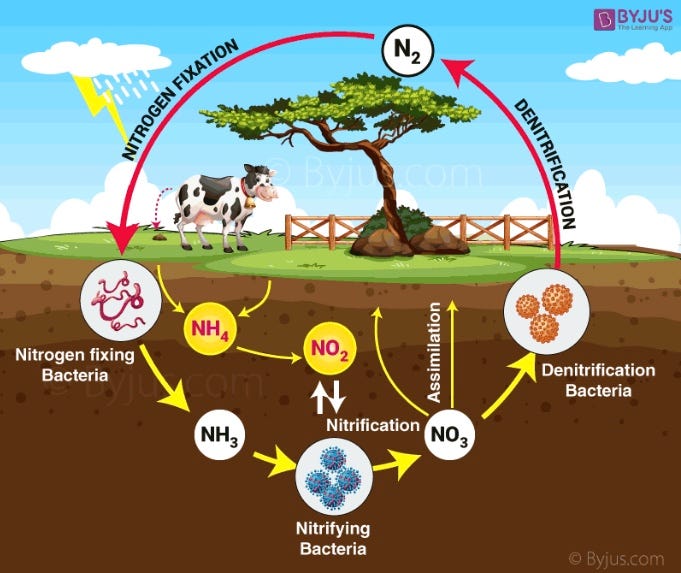
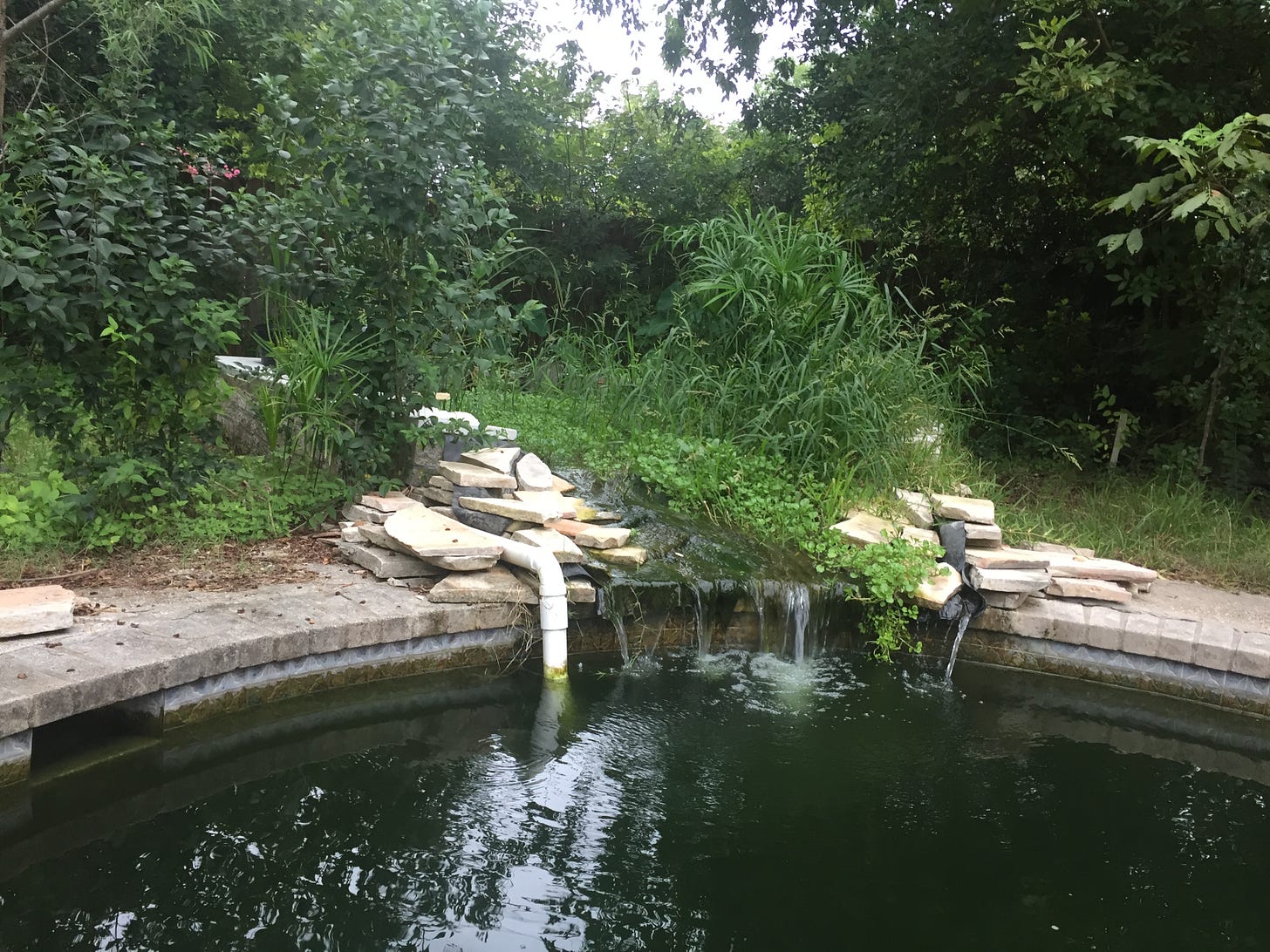


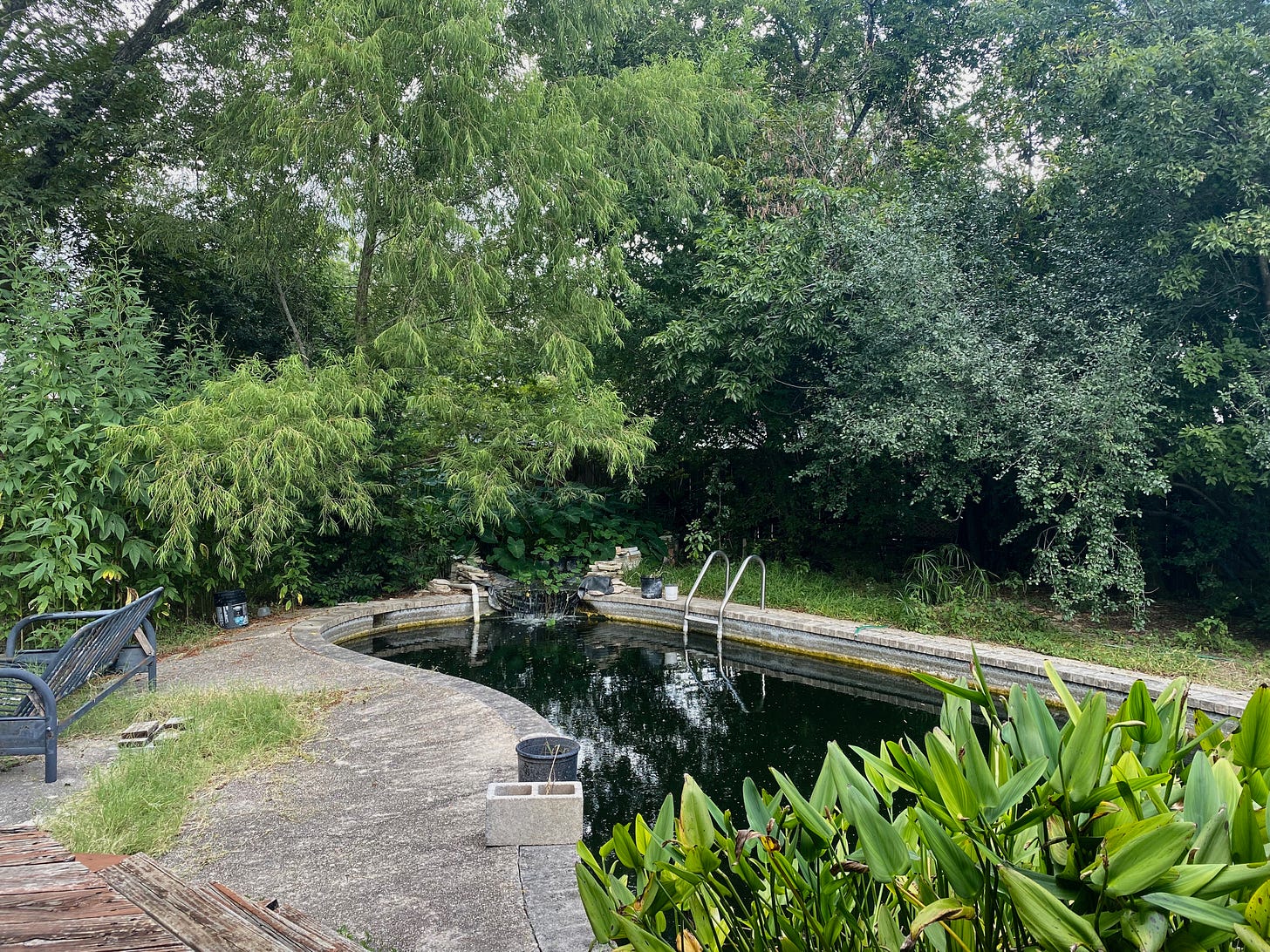
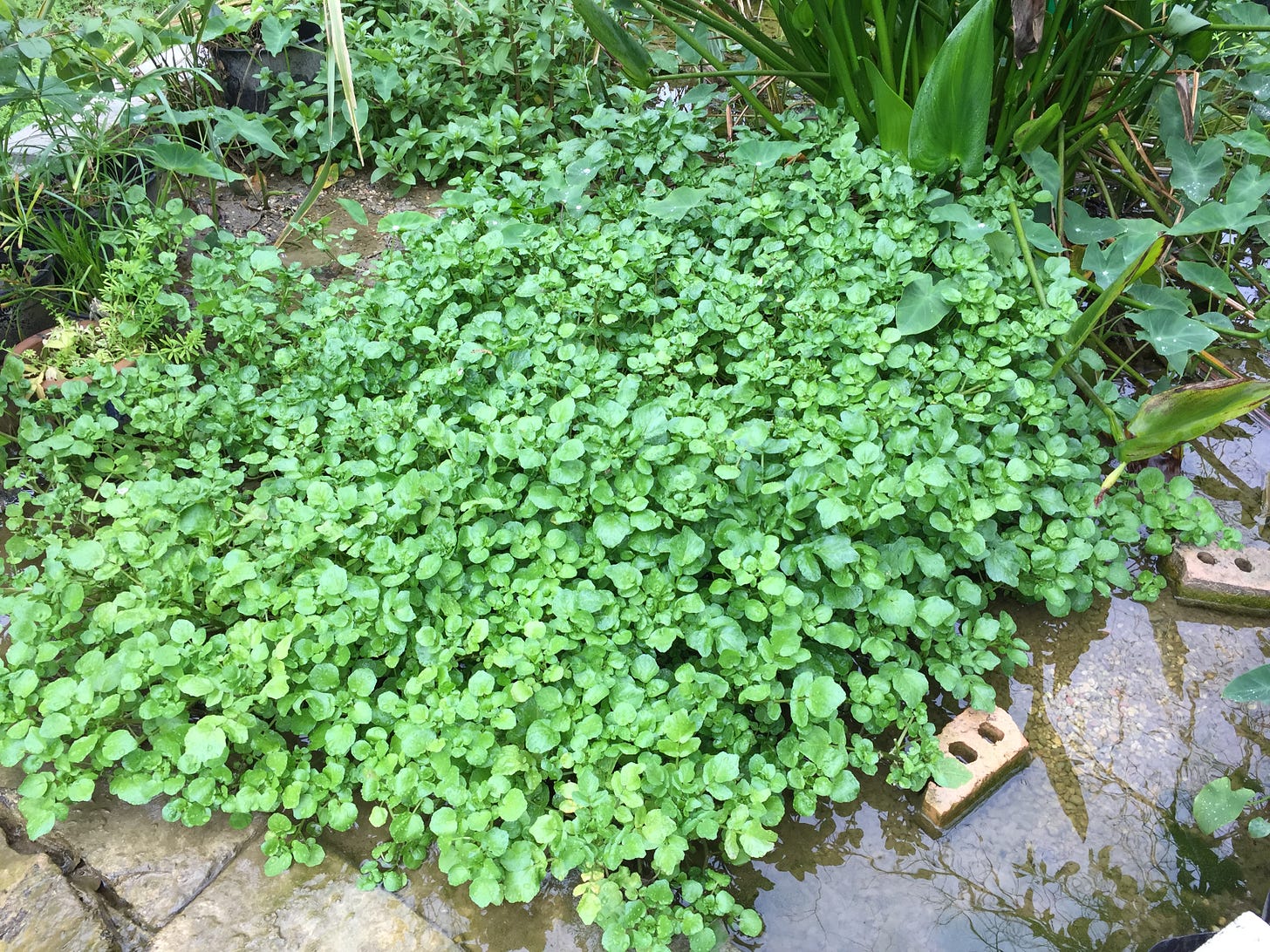



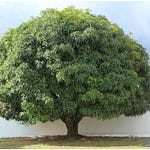

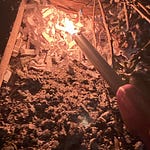
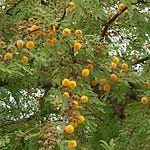

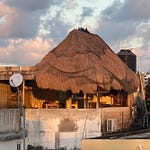
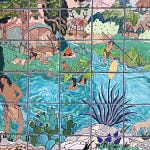
the bog filter and the little people